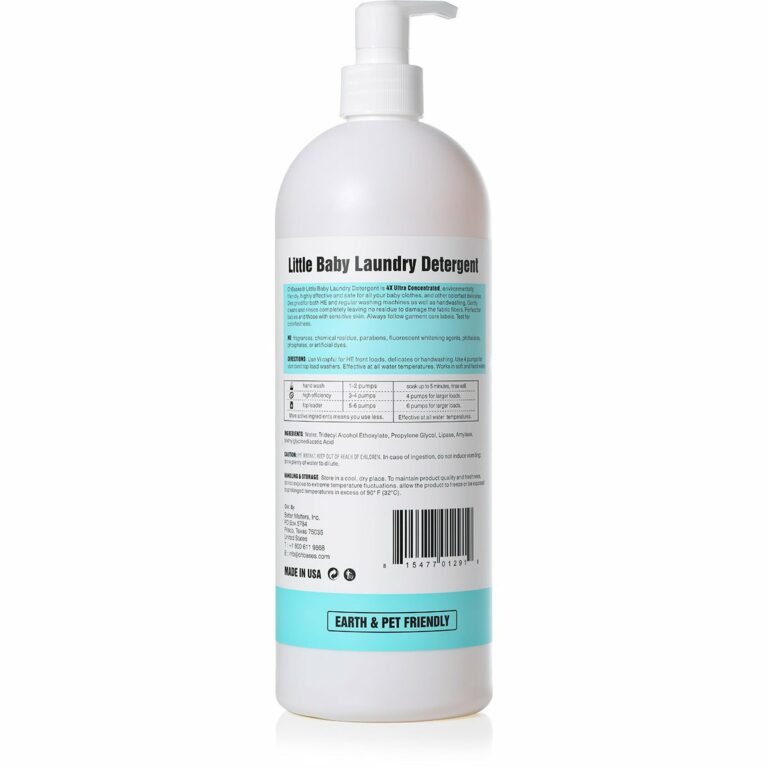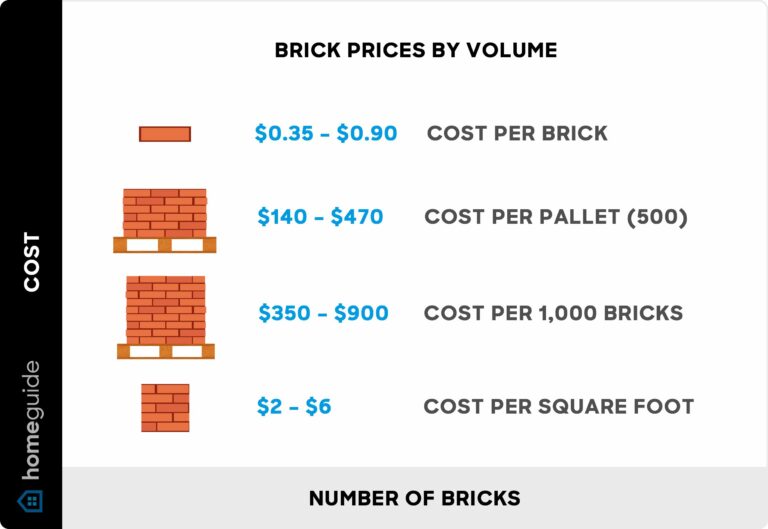Step-By-Step Guide: How To Make A Mud Brick
Today we discuss How To Make A Mud Brick. If you are interested in producing your own environmentally-friendly building material, consider mud bricks! Though the idea of making a mud brick might feel overwhelming, fret not.
This guide will walk you through the process of creating a mud brick step by step, helping you realize your sustainable construction vision.
From collecting the necessary materials to achieving the ideal texture, we have everything you need. Let’s delve into the art of making mud bricks from the very beginning. Roll up your sleeves and let’s begin!
How to Make a Mud Brick:
Gathering Materials and Tools:
To start making a mud brick, gather the necessary materials and tools. Here’s what you’ll need:
- Mud: Find a good source of clay-rich soil, which will be the primary ingredient for your mud brick.
- Straw or other organic material: This will help bind the mud and prevent cracking.
- Water: You’ll need water to moisten the soil and make it workable.
- Shovel: Used for digging up the soil.
- Bucket or container: For mixing the mud.
- Measuring tools: A ruler or measuring tape can come in handy for making consistent bricks.
- Wooden molds: These will help shape the mud into bricks.
- Plastic sheet or tarp: To cover the bricks and protect them from rain or extreme weather.
Preparing the Mud:
Once you have gathered all the necessary materials, it’s time to prepare the mud mixture. Follow these steps:
- Choose a location: Find a suitable area where you can mix and dry the bricks. Make sure it’s a level surface and easily accessible.
- Collect soil: Dig up the clay-rich soil using a shovel. Aim for a depth of at least a foot to ensure you have enough material.
- Remove debris: Remove any rocks, roots, or other organic matter from the soil, as these can weaken the bricks.
- Break up the soil: Use your hands or a shovel to break up any clumps and create a fine, even texture.
- Add water: Gradually add water to the soil, mixing it in as you go. The ideal consistency is similar to that of a firm dough.
- Mix thoroughly: Use your hands or a tool to mix the soil and water thoroughly, ensuring all the soil particles are evenly moistened. Add more water if needed, but be careful not to make the mixture too wet.
Molding the Bricks:
After preparing the mud, it’s time to mold it into bricks. Follow these steps:
- Prepare wooden molds: Cut pieces of wood to the desired size and shape for your bricks. These molds will help you create uniform bricks.
- Fill the molds: Take a handful of the prepared mud mixture and press it firmly into the mold. Make sure it is packed tightly and reaches all corners of the mold.
- Level the surface: Use a straight-edged tool to level off the excess mud on top of the mold. This will ensure a smooth and even brick surface.
- Remove the mold: Gently remove the wooden mold from around the mud brick. Be careful not to distort the shape of the brick.
- Repeat the process: Continue filling the molds and removing them until you have made the desired number of bricks. Lay them out in a single layer on a flat surface to dry.
Drying and Curing the Bricks:
Once the bricks are molded, they need to dry and cure. Follow these steps:
- Choose a drying location: Find a well-ventilated area with good sunlight for drying the bricks. A flat, open space is ideal.
- Place the bricks: Lay the molded bricks in a single layer, leaving some space between each brick to allow air circulation.
- Cover with a plastic sheet: Protect the drying bricks from rain or extreme weather by covering them with a plastic sheet or tarp. This will prevent cracking due to rapid drying.
- Allow for air circulation: While covering the bricks, make sure there is some space between the plastic sheet and the bricks to allow air to circulate.
- Let them dry: Leave the bricks to dry for at least 7 to 14 days, depending on the weather conditions. Flip them over every few days to ensure even drying.
Testing Brick Maturity
To check if the bricks are fully cured and ready to use, perform the following test:
- Inspect the bricks: Examine the color and texture of the dried bricks. They should have a uniform light brown color and a hard, solid feel.
- Check for cracks: Look for any cracks or deformities in the bricks. If they appear cracked or fragile, they may need more drying time.
- Perform a durability test: Take a brick and try to break it with your hands. A properly cured brick should be difficult to break.
- Perform a water absorption test: Submerge a brick in water for a few minutes. If it absorbs water or crumbles, it may not be fully cured.
Using Your Mud Bricks
Once your mud bricks are fully cured, you can start using them for various construction projects. Here are some commonly used applications for mud bricks:
- Building walls: Mud bricks can be used to construct sturdy and sustainable walls for houses, barns, or other structures.
- Outdoor features: Use mud bricks to create fire pits, ovens, or garden walls that blend beautifully with the natural surroundings.
- Decorative elements: Incorporate mud bricks into architectural designs as decorative features, such as exposed brick walls or textured accents.
Faqs for How To Make A Mud Brick:
What materials do I need to make a mud brick?
To make a mud brick, you will need soil, water, and a binding material. The soil should be clay-rich and free from organic matter. Water is necessary to make the soil pliable for molding. To ensure stability and durability, you can add a binding material such as straw or rice husks to the mixture. Additionally, you will need a mold or form to shape the bricks, and a flat surface for drying.
How do I prepare the soil for making mud bricks?
To prepare the soil for making mud bricks, you need to gather soil that is clay-rich and free from organic matter. Start by removing any rocks or debris from the soil. Break up clumps and remove excess moisture if necessary. It is important to ensure that the soil is evenly mixed and has a smooth consistency before adding water and the binding material.
What is the process of making mud bricks?
The process of making mud bricks involves mixing the soil with water and a binding material, then molding and drying the bricks. Start by thoroughly mixing the soil with water until it reaches a workable consistency. Add the binding material, such as straw or rice husks, and mix well. Place the mixture into a mold or form of desired brick shape and size. Allow the bricks to dry in the sun for several days until they are hard and solid.
How long does it take for mud bricks to dry?
The drying time for mud bricks can vary depending on factors such as weather conditions and brick size. Generally, it takes several days to a couple of weeks for mud bricks to dry completely. It is important to ensure that the bricks are fully dry before using them, as any residual moisture can weaken their structure.
Can I use mud bricks for building construction?
Yes, mud bricks can be used for building construction. They have been used for centuries in various parts of the world. Mud bricks offer several advantages such as natural insulation, affordability, and environmental sustainability. However, it is crucial to ensure proper curing and protection against moisture to maintain the structural integrity of the mud brick walls.
Are mud bricks waterproof?
Mud bricks are not inherently waterproof. However, they can be made more resistant to water penetration by adding a waterproofing agent to the mix or by applying a waterproof sealant on the finished bricks. It is important to consider the specific requirements of your project and consult with experts for appropriate waterproofing measures.
Final Thoughts
In conclusion, learning how to make a mud brick is a simple and cost-effective way to create sustainable building materials. By gathering clay-rich soil, mixing it with sand and straw, forming it into bricks, and allowing them to dry and harden, anyone can contribute to eco-friendly construction practices. With just a few steps, one can harness the power of natural materials to construct sturdy and durable structures. So, whether you’re looking to build an environmentally friendly home or engage in a hands-on activity, making mud bricks is a practical and fulfilling endeavor.




